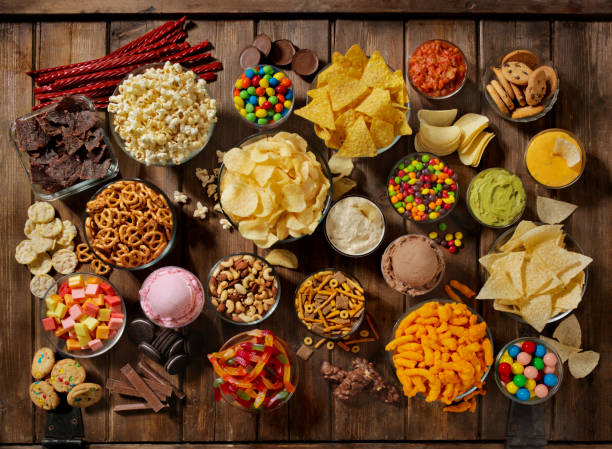Shattering Illusions: The Art of Deception in Magic and its Influence on Modern Entertainment
Peek behind the velvet curtain as we explore the fascinating world of magic and illusionary arts. Witness how this age-old craft has evolved, shaped, and continues to influence modern entertainment. Dive into the enchanting history, decode the present-day relevance, and uncover the profound impact of the art of deception in magic.

Chapter One: Conjuring History
Magic, as an art form, traces its roots back to ancient civilizations. Often intertwined with religious rituals and performances, magic served as a bridge between the spiritual realm and the mortal world. The Egyptians, Greeks, and Romans, among others, embraced magic tricks as part of their culture. As centuries rolled on, magic evolved, moving from the spiritual domain to the realm of entertainment, where it found fertile ground in the courts of kings and queens. The 19th century saw magic transform, with illusionists like Jean Eugène Robert-Houdin and Harry Houdini elevating it from simple sleight-of-hand tricks to grand illusions and death-defying escapades.
Chapter Two: The Prestige of the Present
Today, magic continues to be a major draw in the entertainment industry. From Las Vegas stages to television specials to online platforms, illusionists and magicians captivate audiences with their mystifying performances. Artists like David Blaine, Penn & Teller, and Dynamo have pushed the boundaries of the craft, incorporating technology and storytelling to create immersive experiences. Magic has also made inroads into the film and television industry, with popular franchises like “Harry Potter,” “Now You See Me,” and “The Illusionist,” banking on the allure of the unexplained.
Chapter Three: The Trick’s Impact
Magic’s influence extends beyond the stage, permeating various facets of entertainment. It has inspired countless novels, films, and television shows, while also shaping the realm of special effects and technology-based entertainment. Magic’s inherent suspense and surprise elements have been incorporated into narrative structures, creating compelling plot devices. The art of deception in magic has also influenced psychology and the study of human perception, providing insights into how we process reality and illusion.
Chapter Four: The Future Unveiled
The future of magic in entertainment seems bright, with new technologies offering countless opportunities for reinvention. Virtual and augmented reality, holography, and AI are set to take magic to a whole new level, blurring the lines between reality and illusion even further. Equally exciting is the growing interest in the psychological aspects of magic, which could influence entertainment forms in ways we can only begin to imagine.
Chapter Five: The Final Disappearing Act
As we pull back the curtain on magic’s role in entertainment, it’s clear that this ancient art form is much more than a mere sleight of hand. Its influence is far-reaching, its impact profound, and its potential boundless. As magic continues to evolve and reinvent itself, one thing is certain: it will always have a place in the world of entertainment, continuing to defy our sense of reality, challenge our perceptions, and captivate our imaginations.





